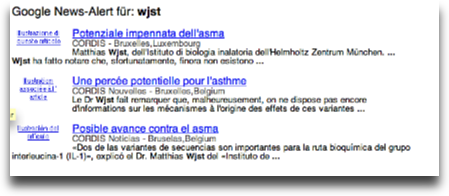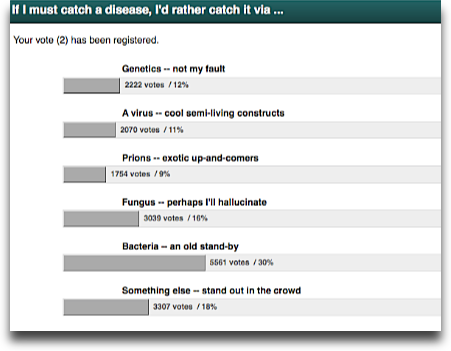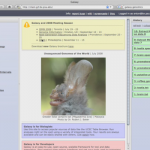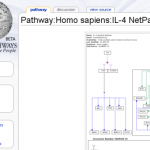It’s a pleasant experience to write something that is being translated afterwards into so many languages afterwards. It is, however, irritating that this dissemination is irrespective of what I (and all second and third hand journalists and translators) understand of this curious world.




